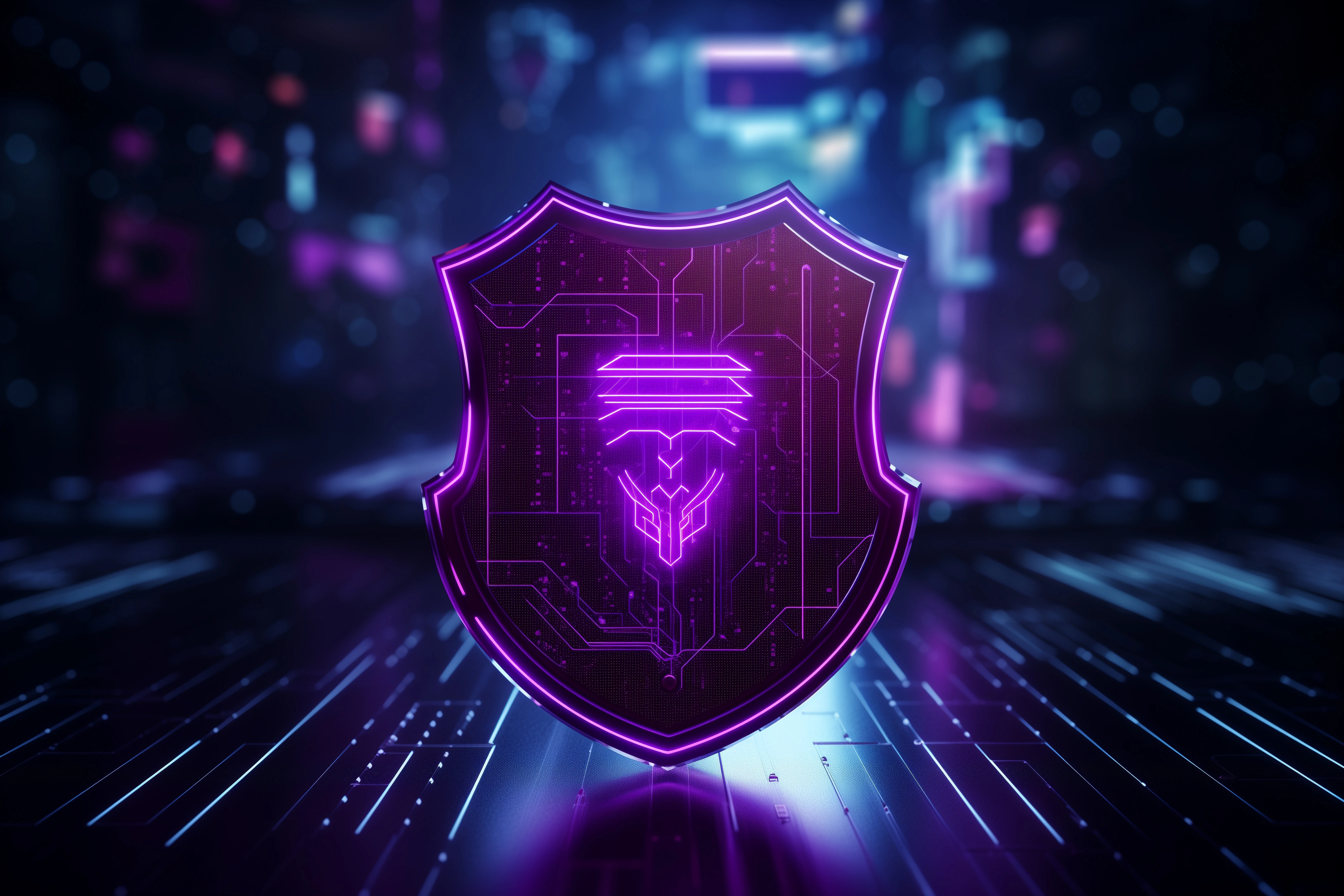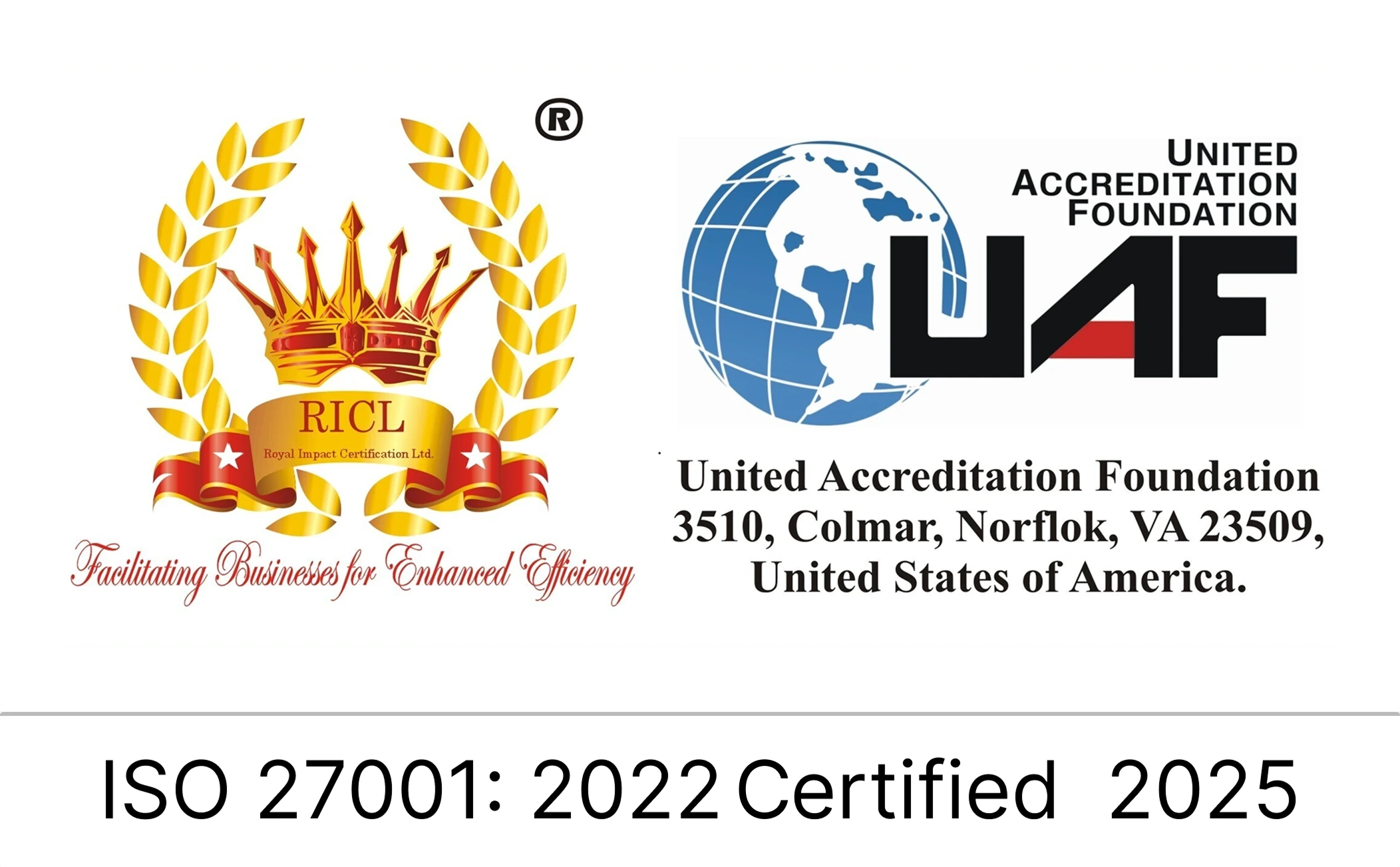Case Study
How SecurityReview.ai Helped a SaaS Leader Catch Risks Without Slowing Down


From overloaded to operational
A global CxM product company with a 15-year-old codebase and a 3-year-old security program had a problem: every new feature, integration, or architectural shift introduced new risk. Their AppSec team was small, stretched thin, and overwhelmed by technical debt. Threat modeling requests piled up. Reviews were slow. And with just a few security architects to rely on, burnout was real.
They needed judgment, automation, and the ability to model threats from the first ticket, before risks reached production.
When traditional threat modeling can’t keep up
Security reviews dragged on for weeks. Engineers waited while the AppSec team hunted for up-to-date documentation, reverse-engineered legacy systems, and chased inputs from product and architecture teams across tools and channels. Even a simple feature review could stall for 3–5 days. For complex systems, timelines stretched further, and sometimes indefinitely.
The entire process hinged on a few overburdened architects doing manual reviews. That meant limited coverage, unpredictable schedules, and mounting backlogs. As releases moved forward, threat modeling often didn’t happen in time to influence design. Risk went unreviewed, features shipped without input, and architecture decisions got locked in without security oversight.
How SecurityReview.ai made it scalable
The turning point came when the client adopted SecurityReview.ai. The platform transformed threat modeling from a persistent and crippling bottleneck into a continuous and high-speed security architecture review engine.
Here’s how we made that possible:
- Automated context extraction: SecurityReview.ai scanned architecture docs, Confluence pages, Jira tickets, Slack threads, and even voice notes from stand-up meetings to convert reams of messy and fragmented real-world inputs into structured threat models. Teams didn’t need perfect documentation to get started.
- Visual architecture management: Native diagramming and versioning gave teams a living system map that evolved with each release. It became the single source of truth for architecture across products.
- Policy-aligned modeling: We configured SecurityReview.ai to ingest the client’s internal security policies to ensure that threat models reflect system-level risks and align with unique organizational security mandates.
- Training across teams: We trained product and architecture teams to use SecurityReview.ai directly to empower them to conduct early-stage reviews and reduce the burden on the central AppSec team.
- Enablement on interpretation: We provided guidance on how to interpret the platform’s outputs so teams could act quickly and confidently on findings.
- Stronger documentation practices: We partnered with the client to establish foundational guidelines for product epics, feature stories, and system artifacts. This improved input quality and streamlined future reviews.
Together, these changes made SecurityReview.ai a core part of the client’s delivery cycle to accelerate threat modeling, standardize architecture reviews, and eliminate AppSec bottlenecks.
Real-world judgment enhanced by AI
Even in a high-complexity and low-documentation environment, SecurityReview.ai delivered fast and relevant output that senior security architects could trust and act on.
Here’s what made that possible:
- Captured architecture in motion: Continuous updates from live specs, Jira, and Slack kept threat models current and actionable.
- Reduced human lift: AI handled 80% of the heavy lifting, freeing security leaders to focus on refining & validating the outputs thereby reducing the quantum of security vulnerabilities downstream in the SDLC.
- Enabled wider adoption: With training and enablement across security and product architecture teams, the client expanded usage beyond specialists and increased throughput without burnout.
- Embedded policy and context: The platform incorporated internal standards, helping teams make fast and aligned security decisions without starting from scratch.
What changed for the client
- The security architecture backlog was cleared with automation + expert validation.
- Threat models were built even without perfect documentation, with SecurityReview.ai pulling from the real inputs teams were already creating.
- Product teams got visual and living models that reflected reality, stayed current, and became their go-to source of system truth.
- Engineering and AppSec finally moved at the same speed because threat modeling wasn’t a blocker anymore.
Threat modeling became continuous
SecurityReview.ai made security reviews sustainable. Instead of waiting weeks for overburdened experts, teams got almost immediate visibility into design-stage risk. Reviews happened early, findings were relevant, and architecture stayed secure even as it evolved.
With SecurityReview.ai, threat modeling became something the entire organization could rely on. That’s how the client went from a crippling bottleneck to proactive and architecture-aware security at scale.
